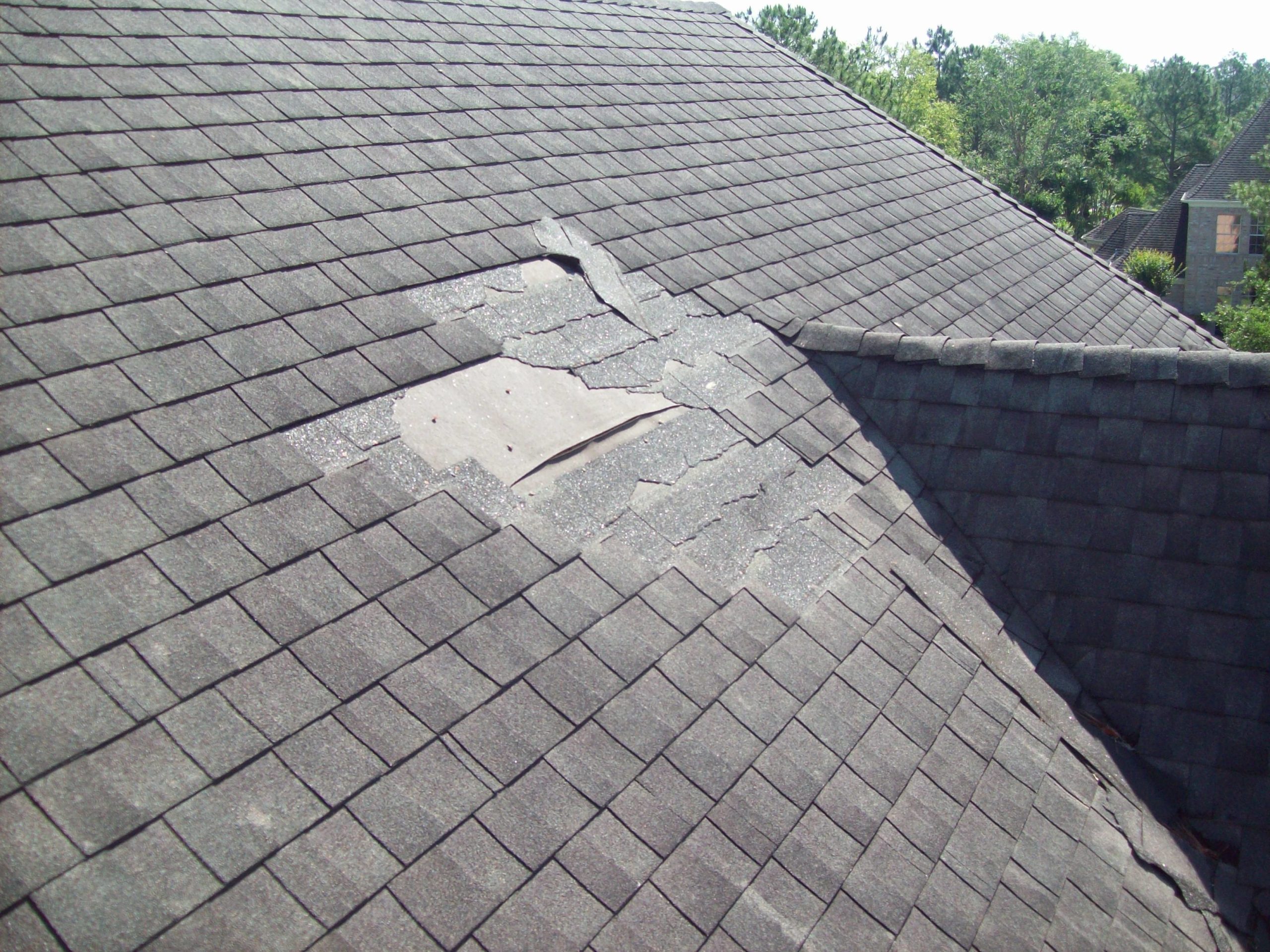
27 Jan Identifying Top 3 Forms of Damage From a Storm: A Guide for Homeowners
After a storm, the last thing most people want to worry about is their roof. But it’s an important part of home maintenance that shouldn’t be neglected. While you may not see any damage immediately following a storm, there could still be underlying issues that need attention.
After a storm, it’s important to inspect your roof for any potential damage. So if you’ve recently experienced a severe weather event in your area, read on to learn more about the potential roof damage that you may face.
#1 — The Shingles
Wind, heavy rain, and flying debris can all contribute to roof damage. If not addressed quickly, roof damage can lead to further problems down the road such as interior water damage and even structural issues.
The most common types of roof damage are…
- Missing shingles
- Cracked/broken shingles
- Curled/cupped shingles
- And more
Specifically, missing shingles can be seen from the ground or even after walking onto the roof, though cracked/broken shingles can also be observed easily — especially if they’re lying on the ground below your roof.
Curled/cupped shingles are usually more difficult to spot. These can be identified by looking closely at the roof and checking for any pockets of air or water pooling on top of the shingle.
#2 — The Flashing
Additionally, it’s important to inspect your flashing for any signs of damage. Flashing is the metal strips that are found around vents and edges of the roof.
Storms can be a major cause of damage to roof flashings. High winds, heavy rains, and flying debris can all contribute to flashing damage, leading to costly repairs down the road. The metal strips that make up the flashing may become bent or separated due to strong wind gusts or water accumulation from heavy rain. In addition, hail can cause punctures in the metal, leading to further roof damage.
Roof flashing is an essential part of any roofing system. It helps keep water out by providing a physical barrier between the roof and other vulnerable areas. The purpose of roof flashing is to direct water away from windows, doors, and other openings in the building structure.
It also serves to protect these areas from damage due to water infiltration.
#3 — The Gutters
Last but not least, gutters are an essential part of a home’s roofing system, designed to protect the structure from water damage by ensuring that excess rainwater is directed away from the foundation.
Unfortunately, severe storms can cause serious and costly damage to gutters, as well.
High winds are one of the most common causes of gutter damage in storms. This can lead to the gutters becoming bent, cracked, or even torn apart. In addition, strong gusts of wind can cause large objects to hit the gutters, leading to punctures and other damage. Heavy rains can also create problems for your gutters — if water is not able to be effectively directed away from the house, it may end up pooling inside the gutters, leading to corrosion and other problems.
Thankfully, regardless of which of the aforementioned types of damage arise, there is one locally-trusted team that will always be on your side: Universal Roof & Contracting!
Having served both Central Florida and Jacksonville homeowners for over 30 years, Universal’s licensed team of professionals will provide you with a FREE roofing inspection and actionable recommendations.
In short, when you call our team, you’ll find out that the difference is universal! To learn more, contact us today by calling 1-855-ROOF-HELP!



